|
|
 |
|
|
Spring Thaw at Narva
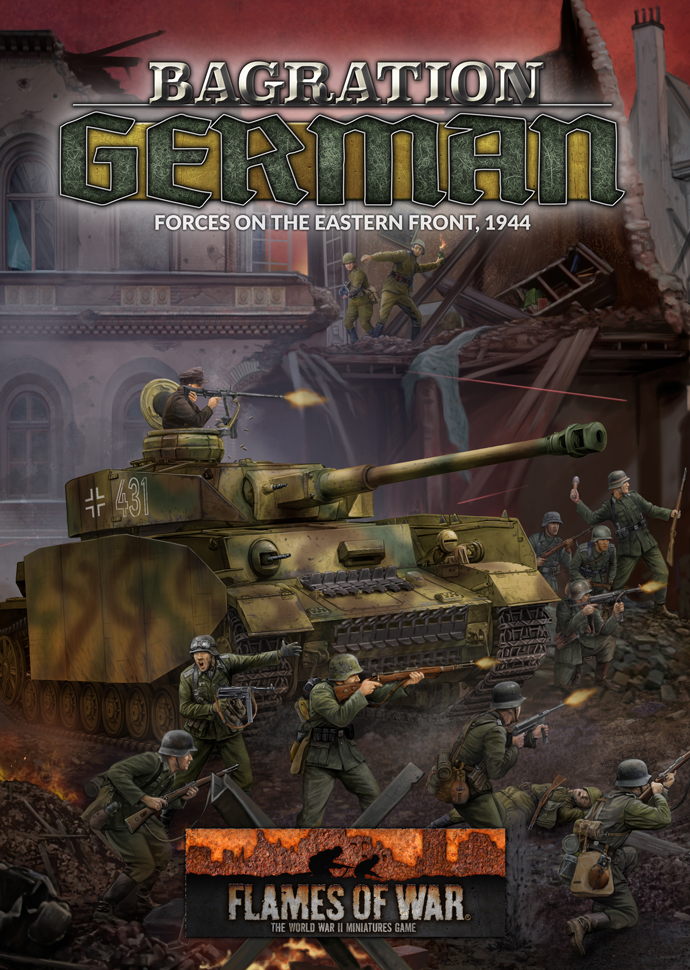 |
Narva: Spring Thaw
By Heath Alexander
The Battle Of Narva...
The March offensive opened with the Siivertsi bridgehead north of Narva being thinly defended by the Russian 378th Rifle Division and opposed by the Estonian 45th and 46th Infantry Regiments. Attacking in conjunction with the Estonian troops, an infantry battalion of the 11. “Nordland” SS-Panzergrenadier Division pushed the Soviets out of the northern suburbs of the town, using flame and steel to great effect.
Meanwhile, 25km southwest of the Siivertsi battles, another Soviet bridgehead at Kriivasoo was formed with 2,500 assault guns at its front. Infantry of the Soviet 59th Army flowed across the river to engage the German 225th Infantry Division on the western bank. Intense combat raged for three days before the Russians broke through. This advance outran the Soviet air and artillery cover, and only after great effort did the Germans manage to halt the advance.
March 4th saw another inept Soviet attempt at amphibious warfare across Lake Peipus towards the highway following the northern coast. Again, the Soviet 2nd Rifle Division was repulsed by the 225th Infantry Division suffering more than 500 killed and losing seven assault guns.
|
| With the onset of spring and rapid improvement in weather, Soviet air superiority was finally brought to bear. Tactical strikes were executed against bridges, highways and defensive positions in and around Narva on March 6th to pound the defenders into the swampy ground. These attacks achieved modest gains against the dug in infantry and destroyed a large amount of materiel. Strategically the Russians resorted to the firebombing of civilians in Johvi, Tapa, Tartu and Tallinn. On March 9th alone, 300 IL-24 bombers dropped over 3,000 munitions on the Estonian capital of Tallinn leaving 20,000 people homeless. As usually happens when embattled civilian populations are terrorized from the air, the Estonian soldiers’ resolve strengthened against the approaching Soviet horde. |
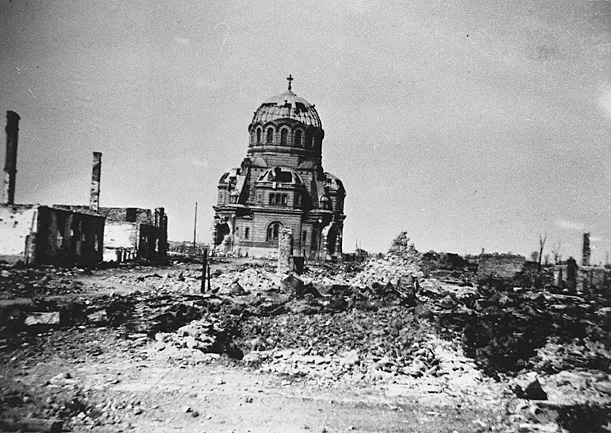 |
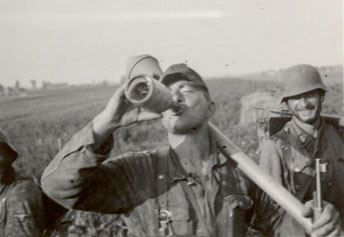 |
By mid-March, three German regiments remained to defend Narva proper. An artillery barrage delivering over 100,000 shells prepared the way for the 30th Guards Rifle Division as it led the 2nd Shock Army across the river. Standing fast in front of the oncoming Communists was the 4. “Nederland” SS Panzergrenadier Brigade dug in like ticks on the western side of the river. The engagement quickly devolved into a hand to hand struggle between the 30th Guards and the 49th SS-Regiment of Nederlanders. Although badly outnumbered, the Dutchmen pushed the Soviets back across the river.
Repeated Soviet attacks occurred throughout the spring at Siivertsi, Narva, Kriivasoo, Sinimaed and many other bridgeheads. By the end of March the 2nd Shock Army had suffered 150,000 casualties and was no longer considered combat ready. Switching focus, General Govorov ordered the Leningrad Front to make defensive preparations.
|
|
Two days later the Germans attacked the Kriivasoo bridgehead with three divisions with Panther support. On March 31 the Kriivasoo crossing was destroyed costing the Soviet 109th Rifle Corps 6,000 soldiers killed. Panther support was once again used to great effect the first week of April as the Germans pushed the Russians away from the Auvere railroad station causing a further 5,700 casualties. Having accounted for 11,700 Soviet casualties and throwing the Soviet bridgehead back across the river, SS-Brigadefuhrer Hyazinth Strachwitz was awarded the Knight’s Cross with Oak Leaves, Swords and Diamonds.
Stagnation was the story of the Narva Front for the rest of the spring. Snipers took advantage of careless soldiers while artillery and aircraft rained death from above on targets of opportunity. Impassable roads and the swampy terrain made supported infantry attacks untenable for both sides. The Soviets regrouped and licked their wounds as the Germans rebuilt their defenses. Summer would bring rekindled conflict and finally decide the Narva Front.
|
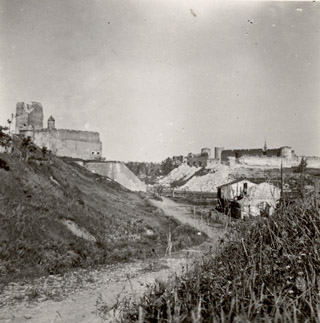 |
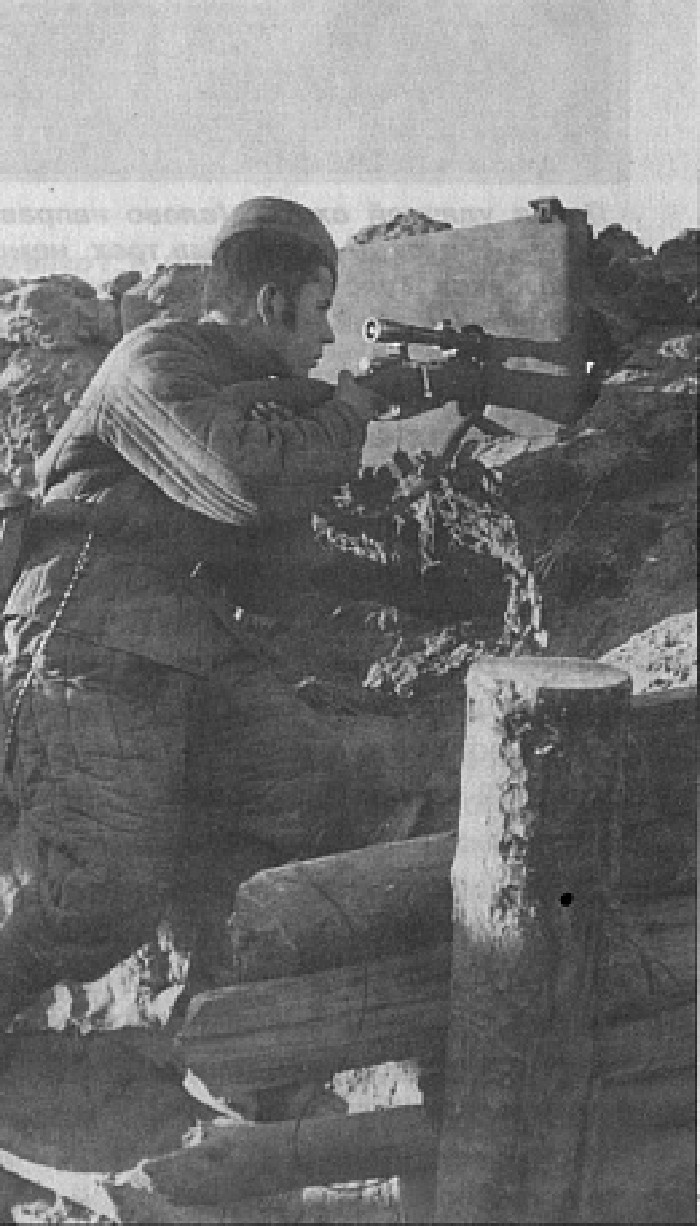 |
Summer Success
In an effort to ease the mounting pressure on the overextended Army Group North, General Johannes Friessner requested a strategic withdrawal to Riga, Latvia, shortening the front by 400km. Hitler’s emphatic response was that the Narva Line will, “Stand or die!” Considering the fact that Army Group North possessed no reserve forces, and its weakend condition after the winter and spring battles, the more probable result was that the Narva Line would “stand and die”. Before Hitler’s reply could find him, Friessner decided to start construction of defensive fortifications 15km west of Narva on the Sinimaed Hills, the so-called Tannenberg Line. Hitler granted permission for the withdrawl to the new line on July 21st, but once again communications proved too slow to be effective before the Soviet hammer fell on July 24.
In order to quickly encircle the ragged defenders of Narva the main Soviet thrust was planned for the destroyed Kriivasoo bridgehead. Six divisions of the 117th and 122nd Rifle Corps would strike through the swamp towards the railway station to destroy the Estonian SS division and sever the German lanes of retreat. Another thrust would cross the river north of Narva to attack the city itself.
The second battle for the Auvere rail yards began with Soviet artillery dropping 2,000 tons of shells on the 45th Regiment of the SS Estonians. Air attacks immediately followed the two hours of artillery fire. The Soviet 122nd Rifle Corps flooded the positions of the German 44th Infantry Regiment while the Soviet 117th Rifle Corps engaged the Estonians. After many hours of fighting the Germans were finally saved by an effective artillery barrage, which pushed the Soviets back. The Estonian volunteers, with the help of a Panther company and concentrated heavy machine-gun fire, stood firm against successive human waves.
|
| On the morning of July 25, Soviet assault guns woke the defenders north of Narva with 280,000 shells. Bombers and artillery smashed the remaining Estonian fortifications as the troops of the 131st and 191st Rifle Corps again attempted to cross the Narva on boats and rafts to the tune of the Soviet National Anthem proudly playing from the eastern shore. Stuka aircraft, StuG assault guns and small arms fire from the Estonians repulsed the first waves of the 2nd Shock Army. Unfortunately for the defenders, they ran out of ammunition before the Russians ran out of personnel and the Estonian 46th Regiment was washed away by the Red Tide. They retreated down the highway, opening the way to Narva and the rear of the retreating III. SS-Panzer Corps. |
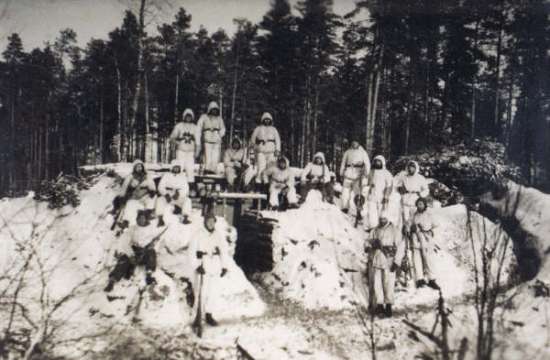 |
| The Estonians executed an effective rearguard action at a crossroads outside Narva allowing the last of the Panzer Corps to reach the Tannenberg Line. With the exception of the 48th Estonian Regiment, every Axis unit made it to the Tannenberg Line in good order, ready to face the next Red Army attack. |
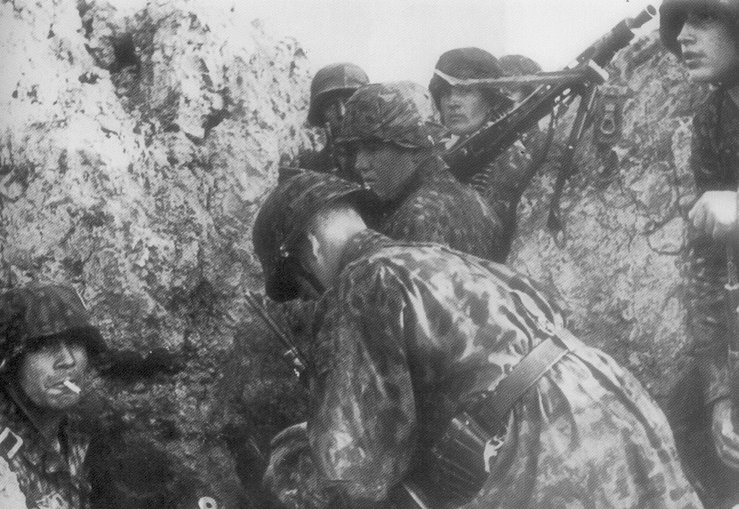 |
Though a Soviet victory in terms of geographical gains, the Narva Bridgehead cost Stalin over 220,000 combat casualties and more than six months of 1944 for only a few kilometers of swampy real estate. These same armies would square off again at the Tannenberg Line once the Soviets had regrouped to retake the offensive at the end of July…
See also:
Van Norton's
Battle of Narva ...
2nd Shock Army 1944-45 ...
|
Last Updated On Thursday, March 4, 2021 by Wayne at Battlefront
|
|
|